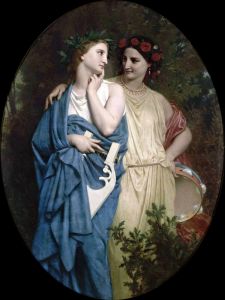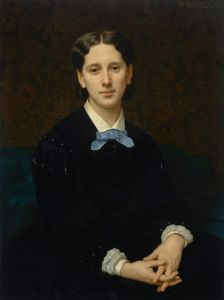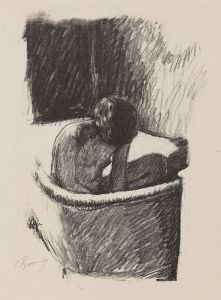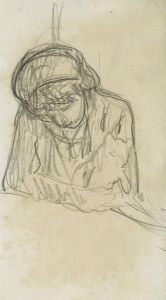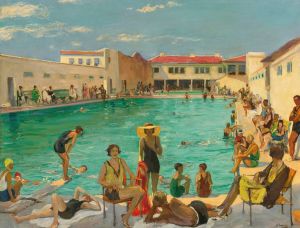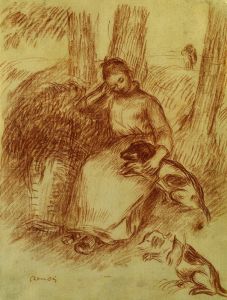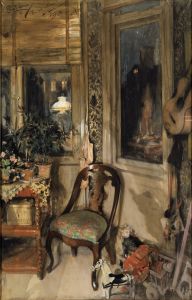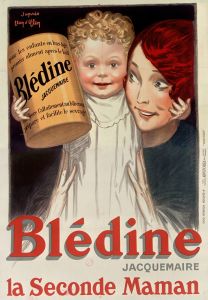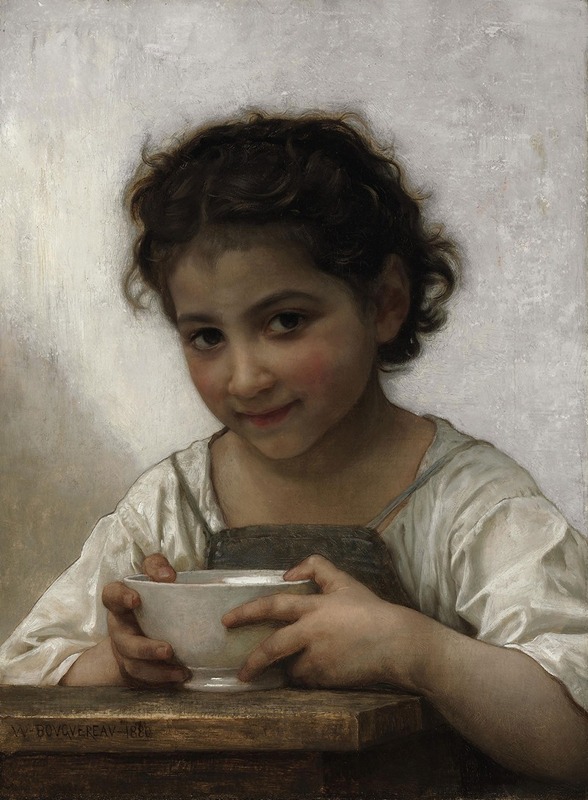
La soupe au lait
A hand-painted replica of William Bouguereau’s masterpiece La soupe au lait, meticulously crafted by professional artists to capture the true essence of the original. Each piece is created with museum-quality canvas and rare mineral pigments, carefully painted by experienced artists with delicate brushstrokes and rich, layered colors to perfectly recreate the texture of the original artwork. Unlike machine-printed reproductions, this hand-painted version brings the painting to life, infused with the artist’s emotions and skill in every stroke. Whether for personal collection or home decoration, it instantly elevates the artistic atmosphere of any space.
"La soupe au lait" (The Milk Soup) is a painting by the renowned French artist William-Adolphe Bouguereau, created in 1865. Bouguereau, born on November 30, 1825, in La Rochelle, France, was a highly influential academic painter known for his realistic genre paintings and his meticulous attention to detail. His works often depicted scenes of peasant life, mythological subjects, and the human figure, particularly women and children.
"La soupe au lait" is a prime example of Bouguereau's skill in capturing the innocence and simplicity of rural life. The painting portrays a young peasant girl, seated at a rustic wooden table, carefully pouring milk into a bowl of soup. The scene is set in a modest, yet charming, interior that reflects the humble living conditions of the subject. The girl's serene expression and the gentle light that bathes the scene contribute to the overall sense of tranquility and warmth.
Bouguereau's technique in "La soupe au lait" is characterized by his use of smooth, polished brushstrokes and a soft color palette, which enhances the lifelike quality of the painting. The artist's attention to detail is evident in the textures of the girl's clothing, the wooden table, and the earthenware bowl, all of which are rendered with remarkable precision. This level of detail not only showcases Bouguereau's technical prowess but also serves to elevate the everyday subject matter to a level of timeless beauty.
The painting reflects Bouguereau's interest in the themes of domesticity and the simple pleasures of rural life. During the 19th century, there was a growing fascination with the lives of peasants and the pastoral ideal, partly as a reaction to the rapid industrialization and urbanization of the period. Bouguereau's work, including "La soupe au lait," can be seen as part of this broader cultural movement that sought to celebrate and romanticize the simplicity and purity of rural existence.
"La soupe au lait" was well-received by contemporary audiences and critics, who admired Bouguereau's technical skill and his ability to imbue everyday scenes with a sense of grace and dignity. The painting exemplifies the artist's commitment to the academic tradition and his belief in the importance of beauty and craftsmanship in art.
Today, "La soupe au lait" remains an important work within Bouguereau's oeuvre and is appreciated for its artistic merit and historical significance. It continues to be studied and admired by art historians and enthusiasts alike, who recognize Bouguereau's contribution to the development of 19th-century French painting.
In summary, "La soupe au lait" by William-Adolphe Bouguereau is a masterful depiction of rural life, showcasing the artist's exceptional skill and his ability to find beauty in the everyday. The painting stands as a testament to Bouguereau's enduring legacy in the world of art.










